News
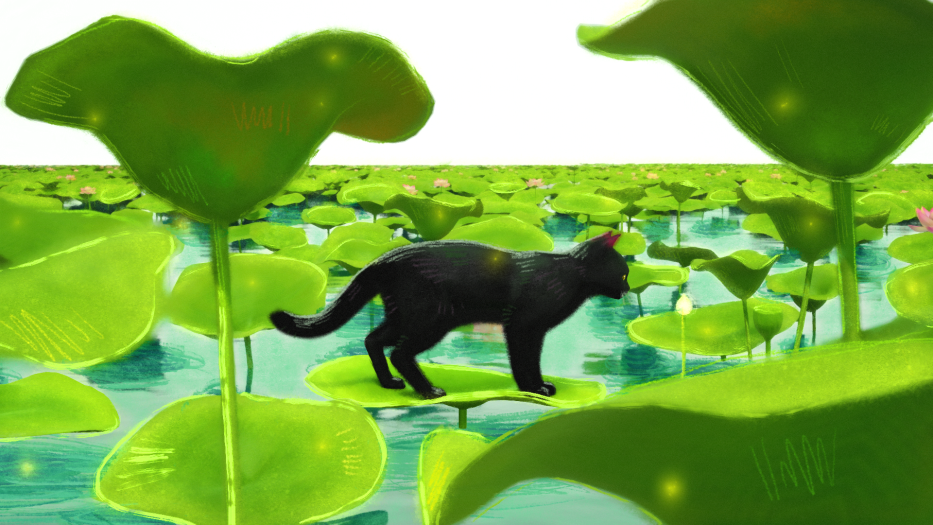
A Walk into the Afterlife: Jiyun's Journey from Studies to Success
Discover the journey of Jiyun Jeong, a talented alumna of the Bachelor in Animation at the University of Luxembourg. Originally from South Korea and New Zealand, Jiyun has launched an impressive career in the animation industry in Luxembourg, showcasing her artistic vision and storytelling skills. Her latest work, A Walk into the Afterlife, has been selected for the prestigious Anima Festival in the category of International Short Films for Young Audiences.
Set in 18th-century Korea, A Walk into the Afterlife tells the story of a small cat embarking on a mystical journey between life and death.
In this interview, Jiyun shares her experience working on the project and offers insights into the dynamic world of animation.
How did you become involved in the project A Walk into the Afterlife?
AWA (A Walk into the Afterlife) began as a personal project with my fellow graduate, Nina. We were both working full-time as animators at the time, and we were looking for a playground to run our artistic creativity that we felt were limited during our work. This concept of a cat sneaking into the afterlife garden had been sitting in my idea’s cabinet for a few years as a game project. I was aware of the carte blanche grant, as I had applied previously and received a ‘try again’ answer. I suggested that we could direct our work into a short film concept for the grant, in order to give us motivation and deadlines. It took 4 months of spending 3-4 hours after work to prepare the documents, including a full length animatic. When the answer came back positively, I had let Doghouse Films – the studio I was working for at the time – know that I wasn’t available for the next project due to this opportunity. The producers were piqued by the project, plus the fact that funding was already acquired, and so proposed to produce AWA.
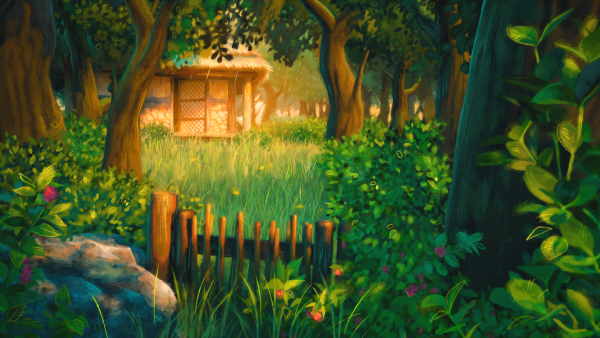
What was your specific role on this project, and what were your main responsibilities?
I was the director of this project, responsible for establishing and maintaining the visual style and the vision of the story. I recruited and managed a small team of artists on the production, as well as organising a collaboration with 7 artists to create a montage sequence in a series of visual styles. As a small-budget production, I put on multiple hats all throughout the production process – 3D animator, 2D animator, compositor, editor, and musician. I also worked with a composer and sound designer to create an audio experience that matched the vision.
Could you share some of the creative or technical challenges you encountered during this project?
My proposal to the Film Fund Luxembourg was that this project would explore a new experimental visual style. As such, the challenge lay in realising this theoretical process to make sure that it worked. I had not assigned enough time for research and experimentation, which caused uncertainty and stress for myself and the artists having to explore and discover as we progressed the production without a solid instruction.
The administration aspect of the project was a constant battle to balance. Between the vision of the project versus the logistics of budget and schedule, it was easy to lose my perspective in one side or the other. Like carefully removing slices of meat on a scale to match the appropriate weight, I had to cut out the parts without accidentally throwing out the essence of the film. While it’s difficult to sacrifice the ideas that you’re attached to, I found that it helps you to discover the heart of the story.
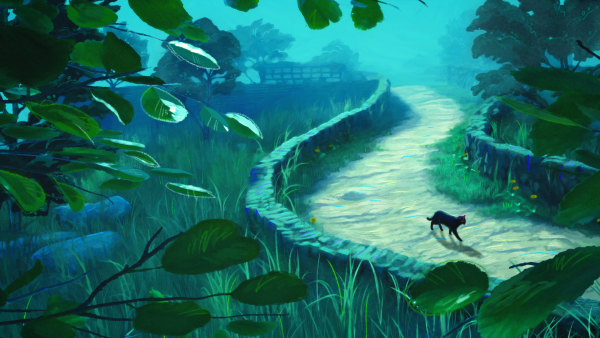
What was the most rewarding part of working on A Walk into the Afterlife?
There is a huge sense of accomplishment when you complete a film that started as a concept in your head. It’s also the challenges that I mentioned above that feels rewarding to me. I went into this project with a lot of unknowns and fear that I’d fail. I made it out of the other side with experience and confidence and excitement to do better for the next project.
The visual style of the film is quite distinctive—how did you contribute to shaping its artistic direction?
I was inspired by a music video from a favourite artist, and I got to researching the studio that provided the animation. Art Camp is a New York based studio that creates experimental animation and vfx. The particular style that drawed me in was a process that prints out every frame of a 3D rendered image sequence, adds colour and texture on the printed paper using pastel and crayon, and then scanning it back to compile this unique appearance of a traditional medium and CGI animation. This aligned with my preference for a hand-drawn, organic style and my interest for a stylised 3D animation (I have been fascinated by the recent trend in diverting from the standard 3D render style, like Spiderverse series, Arcane, and the like). I thought that this style would be a good match for AWA – the simple synopsis of watching a cat’s journey allows the audience a visual experience to enjoy each scene as an every-frame-a-painting, as well as complementing a dreamy, delicate atmosphere of the story.
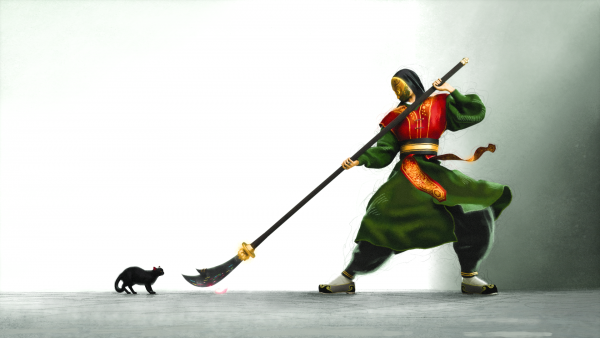
How did the collaboration with current animation students come about?
I remembered feeling lost and shut out of the industry without prior experience in my resume as a student. As I was lucky enough to land on the other side of the table, I wanted to create an opportunity to involve the current students with a small access through the door. I reached out with the information about the project and the details of the collaboration, which is how I got in touch with Eva and Michelangelo.
How do you think this experience benefited the students professionally and creatively?
I hope that this opportunity provided them with insightful experience and a connection to the professional world. But I received equally in return, as they gladly gave their time and effort during their final semester. I am very grateful that I got to work with such talented students.
What skills or lessons from your time in the Bachelor in Animation proved most valuable during this project?
The foundational knowledge in the 3D pipeline that I learned from BDA helped me have an oversight into the production and allowed me to communicate, explore, and suggest in areas outside of my specialisation such as clothing simulation, learning unreal engine, troubleshooting render issues, etc.
Organisational skills such as file naming system, backup system, and project management were very crucial for streamlining the production. This meant that more time could be spent on the creative process than looking for and reworking on lost documents and files, with a complete overview of the progress.
How did you react when you found out that A Walk into the Afterlife was selected for the Anima Festival?
I was thrilled! I was travelling alone in Korea at the time, so I celebrated quietly with a tasty treat 🙂
What does this recognition mean to you personally and professionally?
As the main means of distribution for such a short film is mainly aimed for film festivals, this project is bearing fruit. Since its completion, AWA has been picked up by an international distributor as well. It’s rewarding to see the work being recognised, for myself and everyone involved in this film. Attending the film festivals representing my film allows me to widen my professional network and build reputation. On a personal level, having the opportunity to share my film to a big audience is very meaningful to me. I like to make films and art to share something with the world; I think that stories thrive and take flight through the interpretation of others.
To wrap up, can you share a little about your upcoming projects or what’s next for you in your career?
It’s still in the early stages, but completing A Walk into the Afterlife has opened up some more exciting development in process.









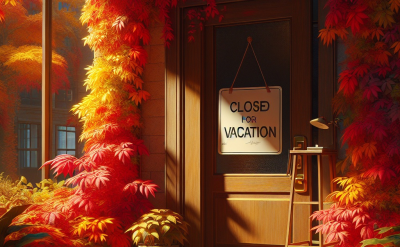





No comment
Log in to post comment. Log in.